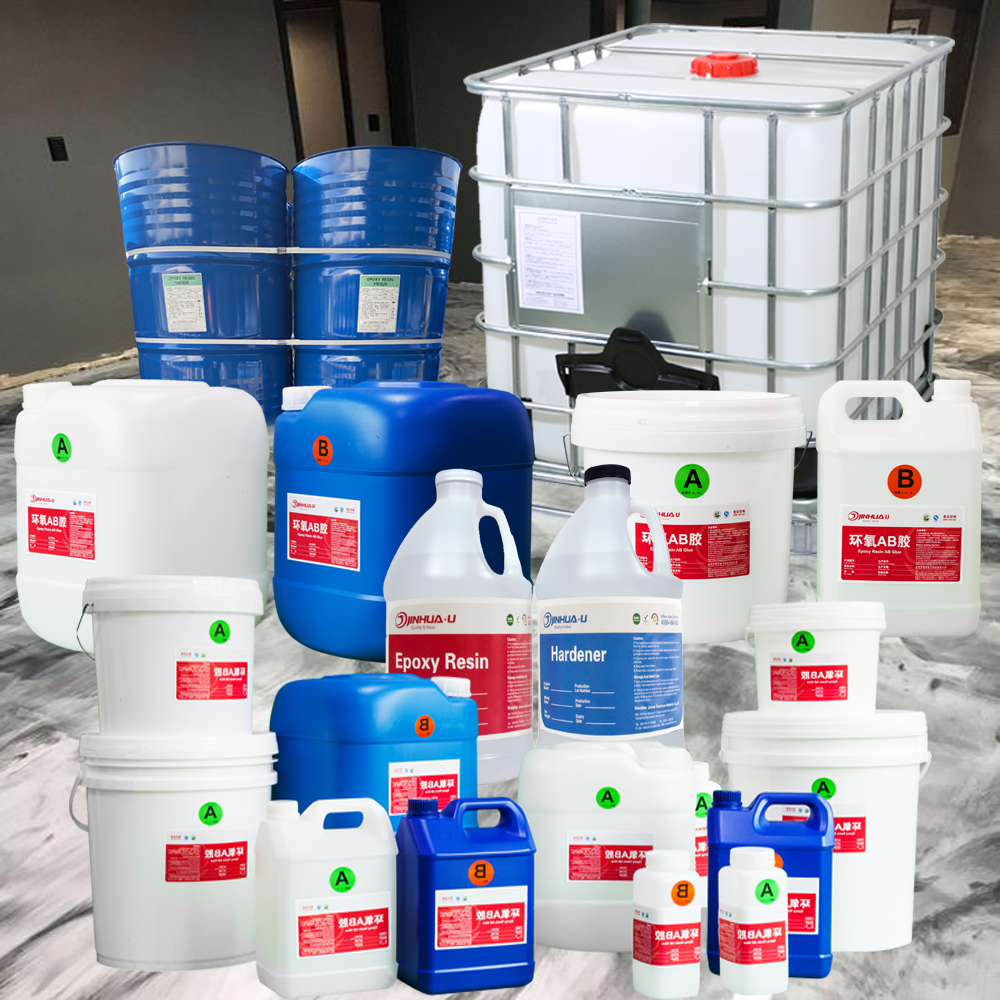Epoxy resin, a versatile and durable material, has become increasingly popular in various industries and DIY projects. Its unique properties, including excellent adhesion, chemical resistance, and mechanical strength, make it a valuable tool for countless applications. However, working with epoxy resin requires careful attention to safety and proper techniques to ensure optimal results and minimize risks. This blog post will delve into the essential precautions and best practices for using epoxy resin, while also exploring its exciting potential in advanced applications.
Safety First: Essential Precautions When Working with Epoxy Resin
Before diving into your epoxy resin project, prioritizing safety is paramount. Here are some crucial precautions to follow:
- Ventilation is Key: Always work in a well-ventilated area to avoid inhaling harmful fumes. Open windows and doors, or use a fan to circulate air. Consider wearing a respirator with organic vapor cartridges for added protection, especially during prolonged exposure or when working in confined spaces.
- Protect Your Skin: Epoxy resin can cause skin irritation and allergic reactions. Wear nitrile gloves, long sleeves, and pants to minimize skin contact. If resin comes into contact with your skin, wash it off immediately with soap and water.
- Eye Protection is a Must: Wear safety goggles to shield your eyes from splashes or accidental contact with resin, which can cause severe irritation.
- Read the Instructions Carefully: Different epoxy resin brands and types may have specific mixing ratios, curing times, and safety instructions. Always refer to the manufacturer’s guidelines before starting your project.
- Dispose of Waste Responsibly: Uncured epoxy resin and its components are considered hazardous waste. Dispose of them according to your local regulations. Never pour leftover resin down the drain.
Mastering the Craft: Best Practices for Using Epoxy Resin
Achieving professional-looking results with epoxy resin requires attention to detail and proper techniques. Here are some tips to help you master the craft:
- Measure Accurately: Precise measurement of resin and hardener is crucial for proper curing. Use graduated measuring cups or syringes for accurate ratios.
- Mix Thoroughly: Inadequate mixing can lead to sticky or uncured spots. Stir the resin and hardener slowly and thoroughly for the recommended time, scraping the sides and bottom of the mixing container to ensure a homogeneous mixture.
- Avoid Bubbles: Bubbles can mar the surface of your project. To minimize bubbles, mix the resin slowly, let it sit for a few minutes to allow bubbles to rise, and then use a heat gun or torch to carefully remove any remaining bubbles.
- Apply in Thin Layers: Applying epoxy resin in thin layers helps prevent cracking, warping, and excessive heat buildup during the curing process. Allow each layer to cure completely before applying the next.
- Be Patient: Curing times vary depending on the type of epoxy resin and environmental conditions. Avoid disturbing the project while it cures to prevent imperfections.
Beyond the Basics: Exploring Advanced Applications of Epoxy Resin
Epoxy resin’s versatility extends far beyond basic crafting and DIY projects. Here are some exciting advanced applications:
- Industrial Coatings: Epoxy resin’s exceptional durability and chemical resistance make it ideal for industrial coatings, protecting surfaces from corrosion, abrasion, and harsh chemicals in environments like factories, warehouses, and marine applications.
- Electronics and Electrical Systems: Epoxy resin’s insulating properties and ability to encapsulate components make it valuable in electronics manufacturing, protecting circuit boards, transformers, and other electrical components from moisture, dust, and vibration.
- Aerospace and Automotive Industries: Epoxy resin’s lightweight and high-strength properties are utilized in the aerospace and automotive industries for manufacturing composite materials used in aircraft parts, car bodies, and other components requiring strength and durability.
- Art and Design: Artists and designers are increasingly incorporating epoxy resin into their work, creating stunning sculptures, jewelry, furniture, and decorative pieces with unique textures, colors, and effects.
- 3D Printing: Epoxy resin is used in certain 3D printing technologies, such as stereolithography (SLA), to create high-resolution, durable objects with intricate details.
Conclusion
Epoxy resin is a powerful and versatile material with a wide range of applications, from simple DIY projects to advanced industrial uses. By following safety precautions, mastering proper techniques, and exploring its potential in various fields, you can unlock the full potential of this remarkable material. Remember to always prioritize safety, experiment with different techniques, and let your creativity flow as you explore the endless possibilities of epoxy resin.
Note: This blog post is intended for informational purposes only and does not constitute professional advice. Always refer to the manufacturer’s instructions and safety guidelines when working with epoxy resin.

